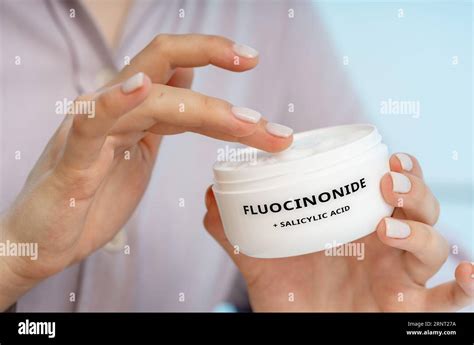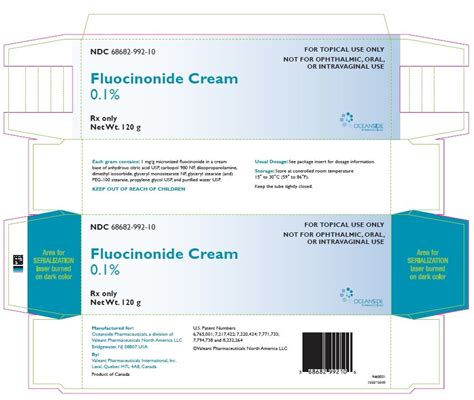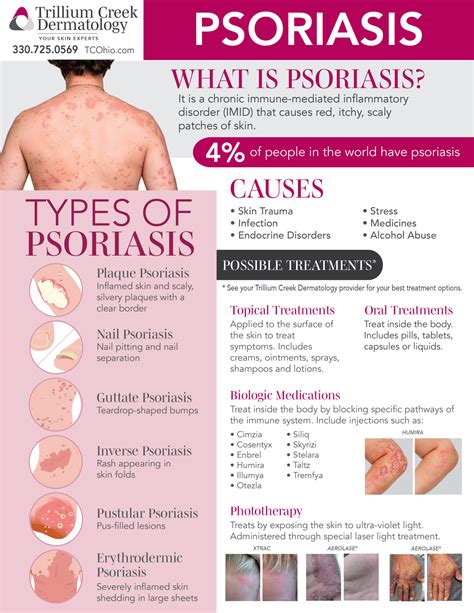Intro
Fluocinonide is a potent topical corticosteroid used to treat various skin conditions. Its effectiveness in reducing inflammation and suppressing the immune system makes it a valuable medication for several dermatological issues. The importance of understanding the uses of fluocinonide cannot be overstated, as it can significantly impact the management and treatment of skin diseases. In this article, we will delve into the world of fluocinonide, exploring its benefits, working mechanisms, and practical applications.
The significance of fluocinonide lies in its ability to provide relief from uncomfortable and often painful skin conditions. By reducing inflammation and itching, fluocinonide improves the quality of life for individuals suffering from these ailments. Moreover, its potency and efficacy make it a preferred choice among dermatologists and healthcare professionals. As we navigate the various uses of fluocinonide, it becomes clear that this medication plays a vital role in modern dermatology.
The applications of fluocinonide are diverse, ranging from treating eczema and psoriasis to managing skin allergies and irritations. Its versatility and effectiveness have made it a staple in the treatment of various skin conditions. In the following sections, we will examine the different uses of fluocinonide, exploring its benefits, potential side effects, and practical considerations.
Introduction to Fluocinonide

Fluocinonide is a synthetic corticosteroid with potent anti-inflammatory and immunosuppressive properties. It is commonly used to treat skin conditions characterized by inflammation, itching, and redness. The medication works by reducing the production of pro-inflammatory chemicals in the body, thereby alleviating symptoms and promoting healing.
How Fluocinonide Works
Fluocinonide's mechanism of action involves the suppression of the immune system, which helps to reduce inflammation and prevent the release of chemical mediators that contribute to the development of skin lesions. By binding to specific receptors on skin cells, fluocinonide inhibits the production of pro-inflammatory cytokines and other chemical signals that exacerbate skin conditions.Uses of Fluocinonide

The uses of fluocinonide can be broadly categorized into several key areas, including:
- Eczema and atopic dermatitis
- Psoriasis
- Skin allergies and irritations
- Seborrheic dermatitis
- Lichen planus
Eczema and Atopic Dermatitis
Fluocinonide is commonly used to treat eczema and atopic dermatitis, conditions characterized by inflammation, itching, and dryness of the skin. By reducing inflammation and suppressing the immune system, fluocinonide helps to alleviate symptoms and promote healing.Treatment of Psoriasis

Fluocinonide is also used to treat psoriasis, a chronic skin condition characterized by thick, scaly plaques. The medication helps to reduce inflammation and slow down the growth of skin cells, thereby alleviating symptoms and promoting healing.
Managing Skin Allergies and Irritations
Fluocinonide can be used to manage skin allergies and irritations, such as contact dermatitis and allergic reactions. By reducing inflammation and suppressing the immune system, fluocinonide helps to alleviate symptoms and promote healing.Seborrheic Dermatitis and Lichen Planus

Fluocinonide is also used to treat seborrheic dermatitis and lichen planus, conditions characterized by inflammation and skin lesions. The medication helps to reduce inflammation and suppress the immune system, thereby alleviating symptoms and promoting healing.
Benefits and Potential Side Effects
The benefits of fluocinonide include its potency, efficacy, and ability to provide rapid relief from symptoms. However, like all medications, fluocinonide can cause potential side effects, such as skin thinning, redness, and itching. It is essential to use fluocinonide as directed and under the guidance of a healthcare professional to minimize the risk of side effects.Practical Considerations and Precautions

When using fluocinonide, it is essential to follow practical considerations and precautions to minimize the risk of side effects and ensure effective treatment. These include:
- Using the medication as directed
- Avoiding prolonged use
- Monitoring for signs of side effects
- Avoiding use on broken or infected skin
- Keeping the medication out of reach of children and pets
Conclusion and Final Thoughts
In conclusion, fluocinonide is a potent and effective topical corticosteroid used to treat various skin conditions. Its benefits, working mechanisms, and practical applications make it a valuable medication in modern dermatology. By understanding the uses of fluocinonide and following practical considerations and precautions, individuals can effectively manage and treat skin diseases, improving their quality of life.We invite you to share your thoughts and experiences with fluocinonide in the comments section below. Have you used fluocinonide to treat a skin condition? What were your results, and what precautions did you take to minimize side effects? Your input can help others better understand the benefits and potential drawbacks of this medication.
What is fluocinonide used for?
+Fluocinonide is a topical corticosteroid used to treat various skin conditions, including eczema, psoriasis, skin allergies, and irritations.
How does fluocinonide work?
+Fluocinonide works by reducing inflammation and suppressing the immune system, thereby alleviating symptoms and promoting healing.
What are the potential side effects of fluocinonide?
+The potential side effects of fluocinonide include skin thinning, redness, and itching. It is essential to use the medication as directed and under the guidance of a healthcare professional to minimize the risk of side effects.
